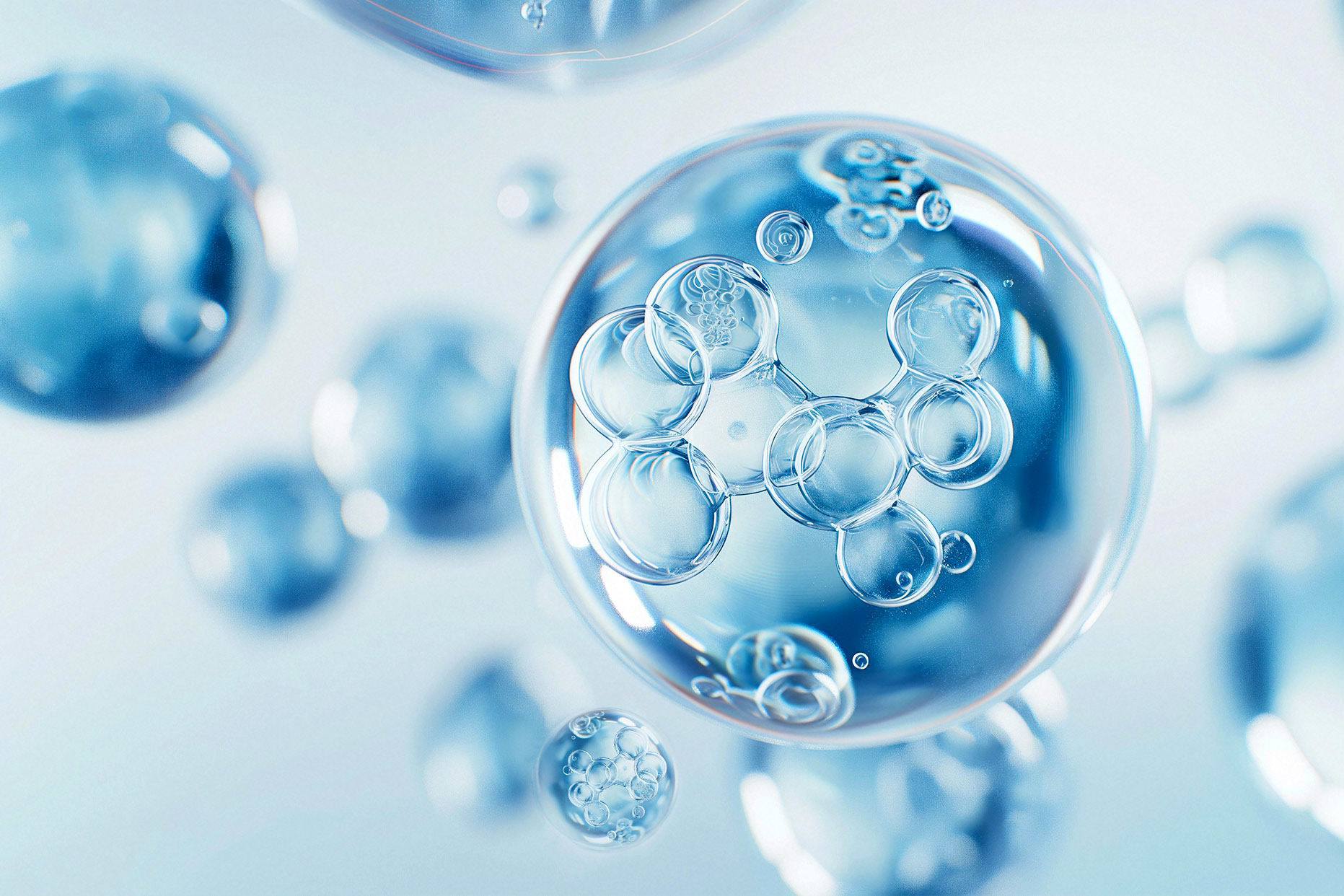Navigating the Buzz: What You Need to Know About 2-ethylhexanol
Jun 15,2025
What’s the Hype Around 2-ethylhexanol?
Ah, the world of chemicals! It’s a labyrinth of compounds, each with its own story. Today, we’re diving into the spotlight of 2-ethylhexanol, or 2-ethylhexanol, as it’s officially known. This versatile alcohol is making waves in various industries, and trust me, it’s not just another chemical in the mix!
The Basics of 2-ethylhexanol
So, what exactly is 2-ethylhexanol? Well, it’s a colorless, flammable liquid that’s primarily used in the production of plasticizers, solvents, and surfactants. You might be wondering, what’s a plasticizer? Simply put, it’s an additive that makes plastics more flexible and durable. Without 2-ethylhexanol, many of the everyday products we take for granted—like toys, flooring, and food packaging—wouldn’t be as reliable.
Where Is It Used?
Let’s get into the nitty-gritty! This compound is a big player in the manufacturing of:
- Plastics: Think PVC, which is everywhere—from pipes to packaging.
- Paints and Coatings: 2-ethylhexanol helps improve the consistency and durability of these products.
- Personal Care Products: Surprised? You shouldn’t be! It’s often found in lotions and creams.
The Latest Buzz in the News
Now, let's pivot to the latest news surrounding 2-ethylhexanol. Recently, there have been discussions about sustainability and eco-friendly alternatives to traditional chemicals. Several companies are investing in research to find greener substitutes for 2-ethylhexanol, aiming to lessen the environmental impact. While it sounds like a noble quest, it raises questions: can we really replace such a versatile compound?
Industry Responses
Interestingly, industry leaders are responding with a mix of optimism and caution. Some experts argue that while alternatives are promising, they often come with their own set of challenges. For instance, performance issues may arise, or production costs might skyrocket. As they say, “Don’t fix what ain’t broke!”
Health and Safety Considerations
Of course, it’s not all rainbows and butterflies. The use of 2-ethylhexanol has raised health and safety concerns. Prolonged exposure can lead to skin irritation, and inhalation of its vapors can cause respiratory issues. So, it’s crucial for manufacturers to adhere to safety guidelines and ensure proper handling.
Regulatory Landscape
Keeping abreast of regulations is essential. Various countries have established guidelines for the use of 2-ethylhexanol, and businesses must stay compliant to avoid penalties. The Environmental Protection Agency (EPA) has been particularly vigilant, monitoring its use and potential environmental impacts.
The Future of 2-ethylhexanol
Looking ahead, the future of 2-ethylhexanol appears to be a balancing act. With sustainability at the forefront of industrial innovation, the challenge will be to maintain the efficacy of this compound while exploring greener alternatives. It’s a classic case of “the old guard vs. the new wave.”
Final Thoughts
In summary, 2-ethylhexanol is more than just a chemical; it’s a critical component of many products we rely on daily. As the industry evolves, so too will the discussions surrounding its use. Whether it’s the push for sustainability or the need for stringent safety measures, one thing’s for sure: 2-ethylhexanol will remain a hot topic in the realm of 新闻资讯 (news and information). Cheers to that!
PREVIOUS:







